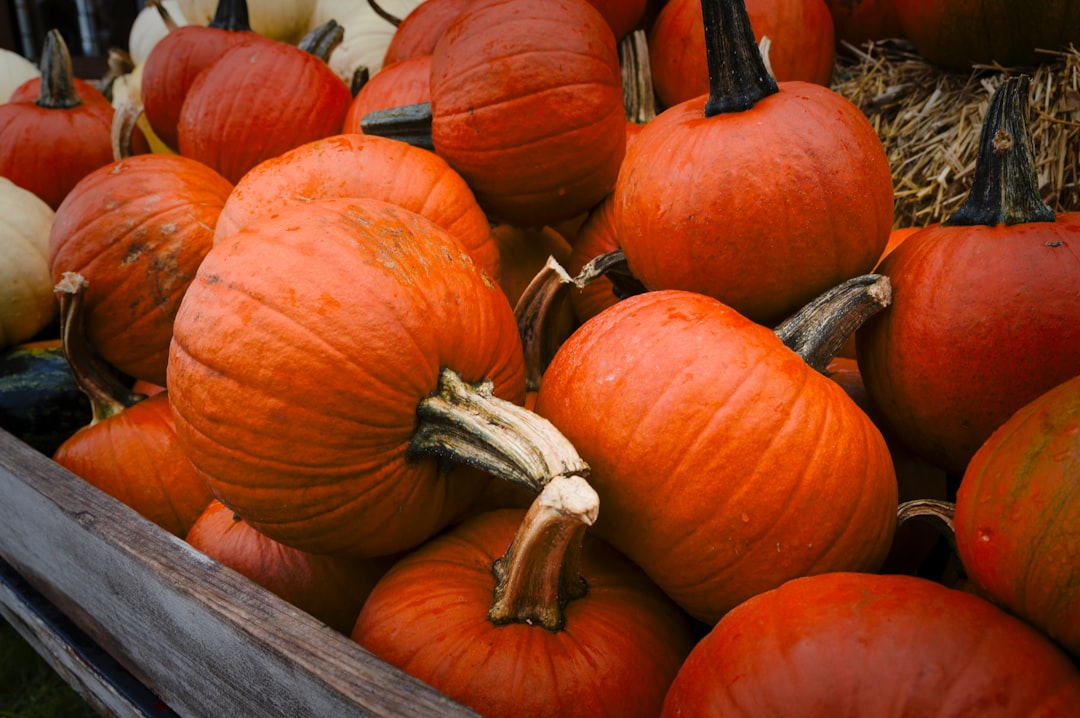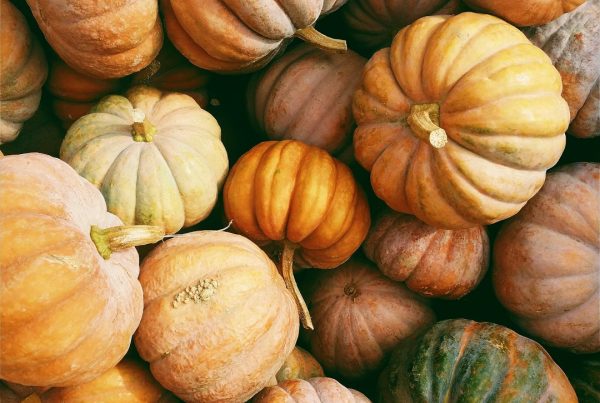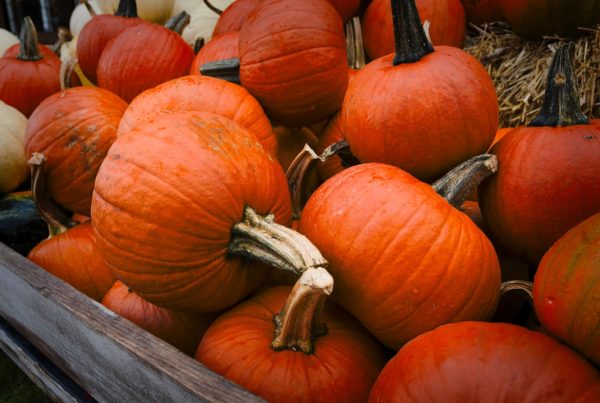Pumpkins, with their vibrant orange hue and versatile nature, have an intriguing history that spans centuries and continents. Originating in Central America, these hardy gourds were first cultivated by Indigenous peoples long before they became a staple in seasonal celebrations like Halloween and Thanksgiving. Known scientifically as Cucurbita pepo, pumpkins belong to the gourd family Cucurbitaceae and have played significant roles in various cultures around the world. This piece will delve into the pumpkin’s origins, explore what pumpkins were originally used for, and highlight their journey from ancient times to their modern-day status as icons of autumn. Join us as we uncover the fascinating journey of pumpkins across cultures and discover fun facts and sustainable practices along the way.

Ancient Origins of Pumpkins
Early Uses and Traditions
Pumpkins have been utilized by Indigenous peoples in Central America for thousands of years. Initially, these gourds were not only a vital food source but also had practical uses. The flesh provided nourishment, while the shells were often dried and used as containers or utensils. Beyond their functional uses, pumpkins held cultural and ceremonial significance. They were frequently featured in rituals and storytelling, symbolizing abundance and prosperity. The seeds, rich in nutrients, were often used in medicinal preparations to treat various ailments. As pumpkins spread beyond their pumpkin origin country, they began to influence agricultural practices and diets in other regions. These early uses and traditions laid the foundation for pumpkins to become an integral part of seasonal celebrations, reflecting their enduring importance across different cultures. Understanding what pumpkins were originally used for helps us appreciate their role in history and their continued significance today.
Discovery of Pumpkin Origin Country
The journey to uncover the pumpkin’s roots leads us back to Central America, the pumpkin origin country. Archaeological evidence suggests that pumpkins were first domesticated around 7,500 years ago by the Indigenous peoples of this region. These early cultivators recognized the potential of wild gourds, selectively breeding them for size, taste, and utility. The discovery of the pumpkin origin country highlights the ingenuity of these ancient agriculturalists, who transformed a wild plant into a versatile, nutritious staple. The introduction of pumpkins had a significant impact on local diets, providing a reliable food source that could be stored for extended periods. This adaptability allowed pumpkins to spread across continents as they were introduced to different cultures through trade and exploration. Today, acknowledging the pumpkin’s roots in Central America helps preserve the rich agricultural heritage of the region and honors the Indigenous communities that played a pivotal role in developing this iconic plant.
Pumpkin Scientific Name and Family
The scientific name of the pumpkin is Cucurbita pepo, and it belongs to the family Cucurbitaceae, which includes a diverse group of gourds, squashes, and melons. This family is characterized by its vining plants that produce large, fleshy fruits with hard rinds. The Cucurbita genus itself is known for its wide variety of species, each with unique traits and uses. Pumpkins, in particular, are distinguished by their round shape, ribbed skin, and vibrant coloration. Understanding the pumpkin scientific name and family provides insight into its classification and relationship with other plants. This knowledge is essential for botanists and horticulturists who work to preserve and cultivate the many varieties of pumpkins. As part of the Cucurbitaceae family, pumpkins share certain growth patterns and ecological roles with their relatives, contributing to their adaptability and widespread cultivation across different climates and regions around the world.






